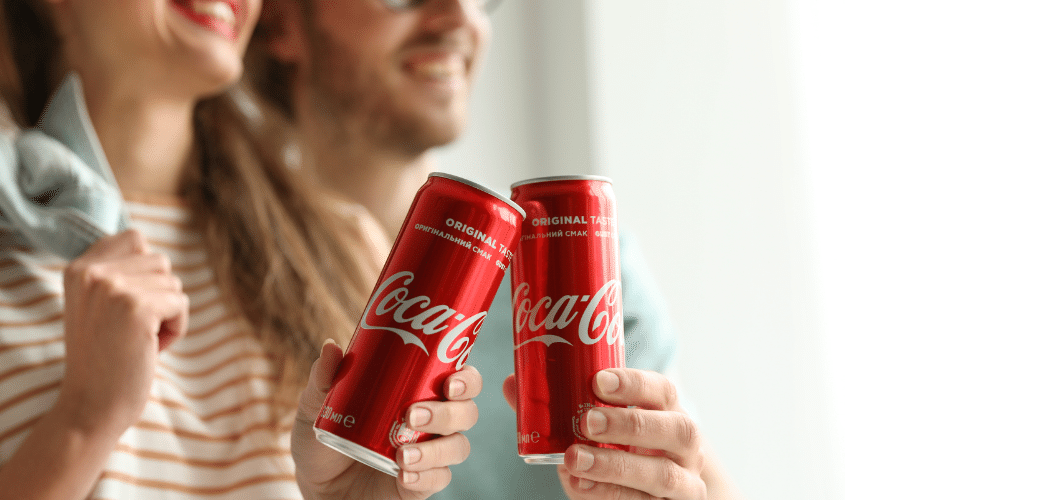A recent survey was conducted from the data gathered on how American households will celebrate Halloween 2020. CouponLawn has revealed data on how spending for Halloween and the holidays has decreased to its lowest point in four years to $8bn. During the previous year, spending was at $8.8bn, and in 2018, it was at $9bn.
There are several factors that led to such figure and to little surprise, the pandemic has been the number one — direct or indirect — catalyst to most of these factors responsible for the sharp decrease in Halloween spending.
Whether from orders of local cities, recommendations from government, or personal choice, families are hesitant to let their children participate in a event that is heavily reliant on the exchange of human interactions and the post-trick-or-treat bartering of treats with friends — all promptly discouraged activities during COVID-19.
In addition, due to the drastic fluctuations in unemployment rate from companies laying off workers throughout this year, families are cautious about discretionary spending — even if it means skipping one of the most beloved nights for children and families. One in three adults have decided not to allow children to go outside to participate in the spooky activities and adventures. And only 38% of adults have permitted their children to go trick-or-treating.
Due to this, the usual trick-or-treat for Halloween 2020 will not be the same as before. Candy and costume purchases are down and prices of pumpkins are inflated, causing households to make adjustments or skip buying pumpkins until everything returns to normal.
There are more details in the infographic below that you can find to elaborate the discussion further. For further know in-depth analysis and take on the figures, as well as how American families will cope with changes in how they will celebrate Halloween this year, view their full article here.





